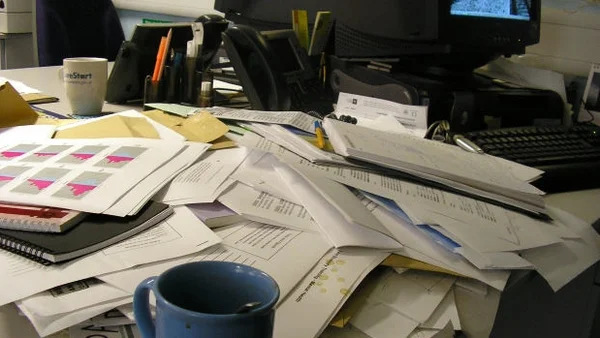The argument for printing and placing labels on cut pieces is simple, “The time saved not having to figure out where the piece goes offsets of the cost to print and apply the labels.” Piece labels are most often used by truss fabricators that look for every possible way to eliminate delays in truss production.
Because the labels need to be in the same order as the pieces coming off of the saw, piece labels are created by first running the saw work through a batch cutting program. The program orders the pieces and then creates a “label file” with the piece sequence and the other information needed to create the label (the truss and piece ID, the geometry of the piece, the geometry of the truss and possibly more information.)
The label file is then loaded into a piece labeling printing program that uses the information to print a customized label for each piece. Unlike truss labels, the piece labels only need to be “tough enough” to make it from the saw to the table. Some fabricators like to have a label on each piece, other prefer “one label for every 10 pieces,” and still others believe that “one label for each unique piece” is sufficient.
If you have a lineal saw, this doesn’t work as smoothly. Since pieces are re-ordered by the lineal saw software, the best you can do is print the labels and ask the lineal saw catcher to match the label to the correct piece as it is cut.
If you decide on printing both truss and piece labels, should you plan on using the same printer for both? Although that seems like a logical approach, it may be better to have two printers. Almost certainly the truss labels will need to be more robust (and expensive) than the pieces labels, and dedicating a printer to a single kind of label means there is no need to switch “back and forth” between label types.
Although printing the labels right at the saw seems logical, many prefer to keep the label printers in the office and pre-print them as needed. Office-based printers do not need to withstand the harsher environment of the plant. Once source for labels is
Above are two examples of piece labels. In the first example we see graphical images of both the piece and the truss. Although it may be hard to see in this example, the piece is “highlighted” in the truss, so as to make clear exactly where this piece goes. This plant also identifies how many unique pieces are in the batch.
In the second example, the plant prints one label for each piece ID – whether it is one piece or one hundred. In this example we also see the sawyer’s name displayed – perhaps helping reinforce the feeling of accountability.





